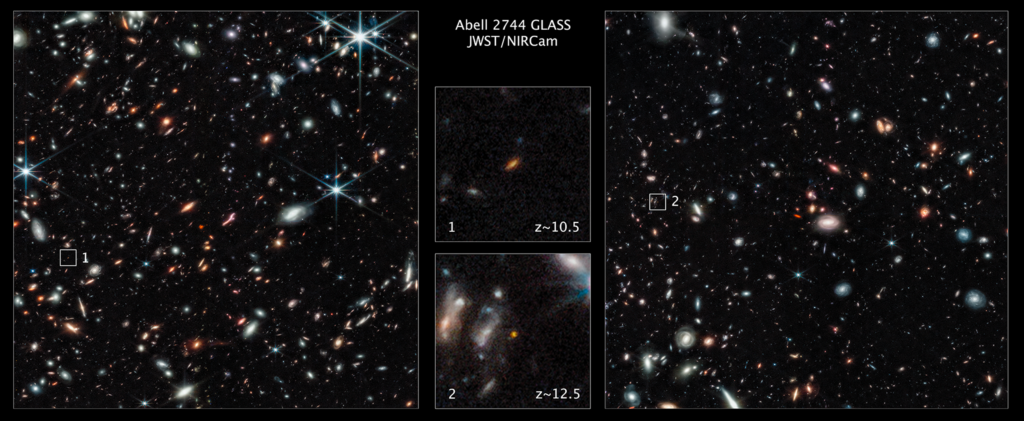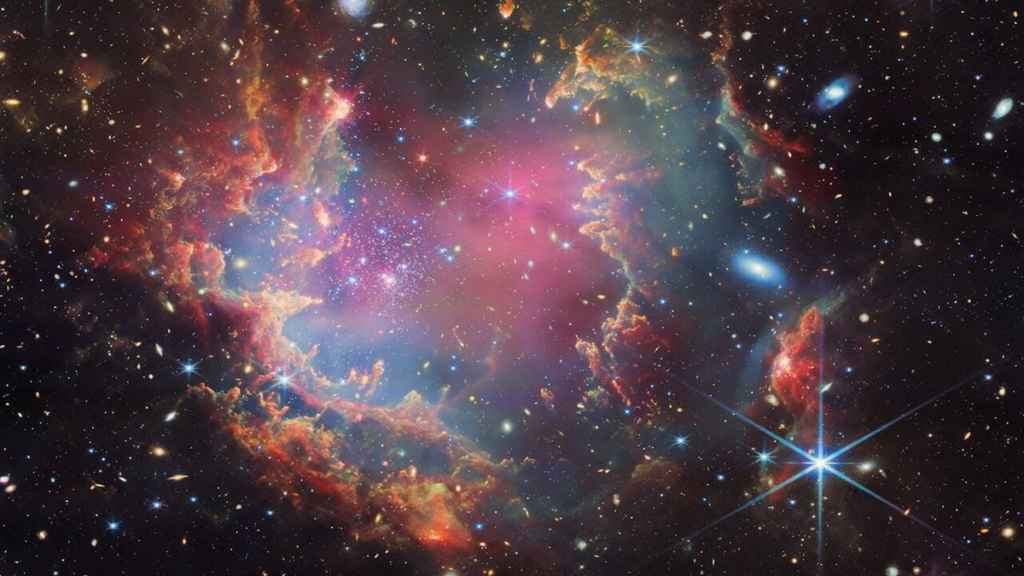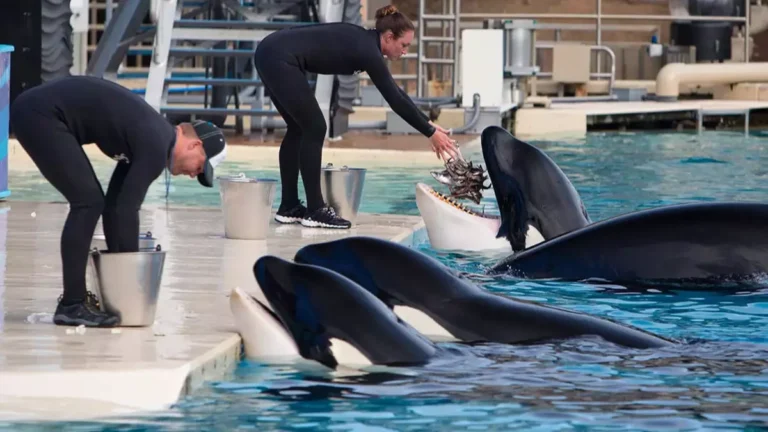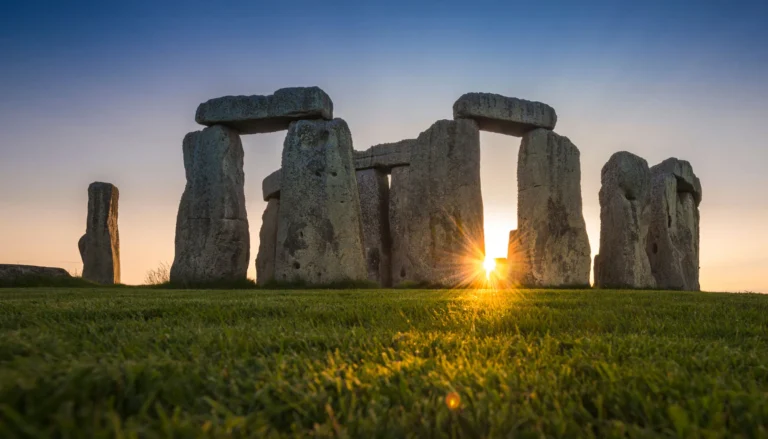NASA Discover The Galaxies That Seems To Be Older Than The Universe!
About NASA 13.8 billion years ago, the universe began in an event known as the Big Bang. Everything—matter, energy, and space itself—was packed into a single point of infinite density and temperature. This singularity rapidly expanded, giving rise to the universe as we know it today.
The Surprising Discovery: Galaxies That Shouldn’t Exist
Recently, the James Webb Space Telescope (JWST) made a shocking discovery: galaxies that seem far older than they should be. These galaxies were spotted when the universe was still in its early stages, only 500 to 700 million years old. At this time, the universe was just 3% of its current age, and most theories expected small, young galaxies to be forming.

Instead, JWST found enormous galaxies, some with masses that are billions of times larger than our sun. In fact, one of them might even be as massive as 100 billion suns, far exceeding NASA the size of our own Milky Way galaxy, which contains about 60 billion suns. This discovery challenges existing theories about how galaxies form and grow.
Understanding Redshift: How We Know These Galaxies Are Ancient
To understand why these galaxies are so surprising, we need to talk about redshift. As light travels through space, it stretches, especially NASA when emitted by distant objects. The farther away a galaxy is, the more its light shifts toward the red end of the spectrum. This redshift can help scientists determine the age of a galaxy.

In this case, the redshift of these galaxies indicates that they are not only incredibly old, but also incredibly large. The galaxies’ redshift suggests that they formed much earlier than expected, which raises the question: How did these massive galaxies exist when the universe was still in its infancy?
A New Mystery: No Dark Matter?
Even more NASA puzzling is the fact that these giant galaxies seem to have formed without the aid of dark matter, a mysterious substance that was thought to be necessary to hold galaxies together. This is a key puzzle that scientists are still trying to solve.

While the discovery raises many questions, it also opens the door for further research into the early universe. As we continue to explore the cosmos with the help of telescopes like JWST, we may unlock more mysteries about how galaxies—both large and small—formed and evolved in the universe’s early years.







